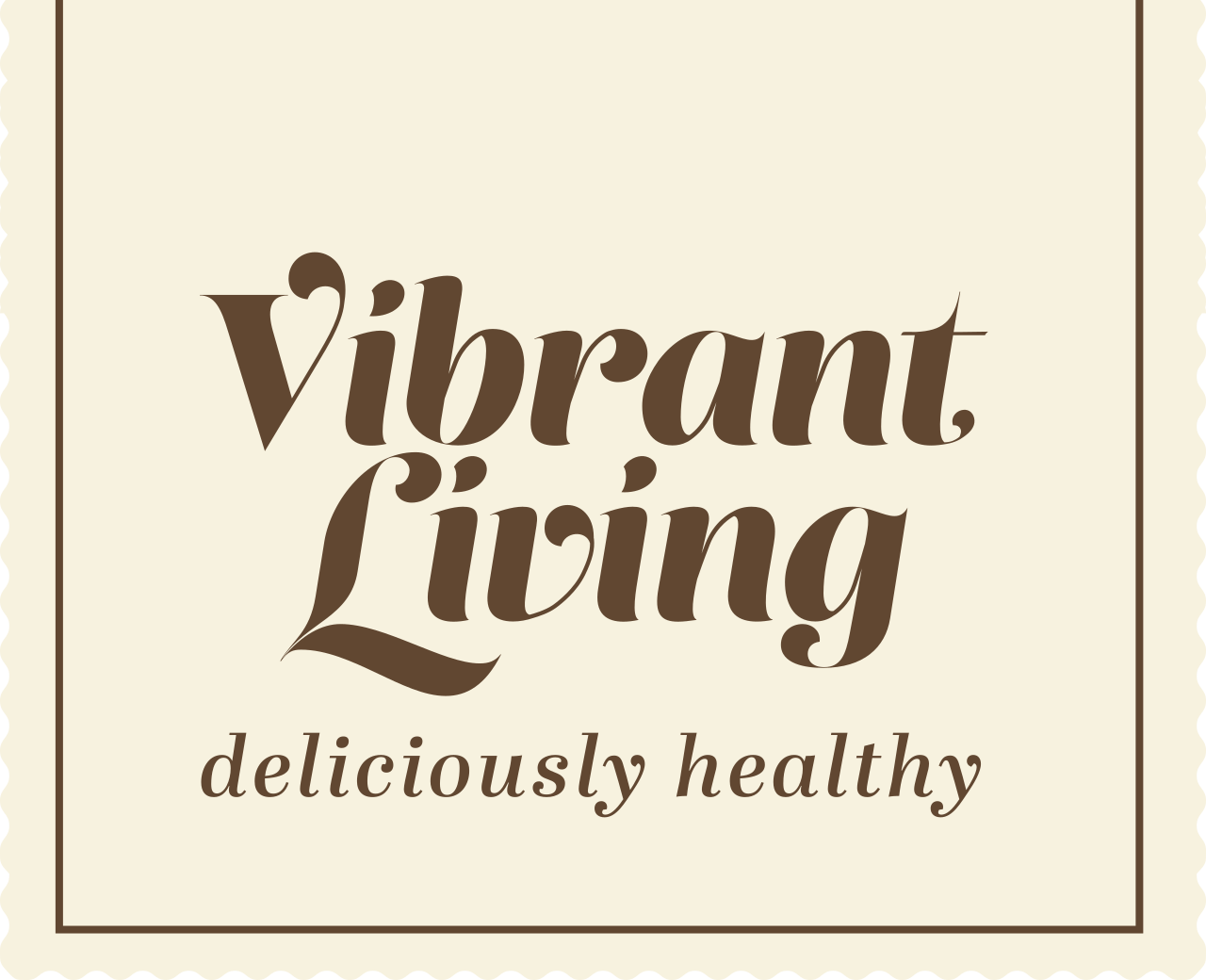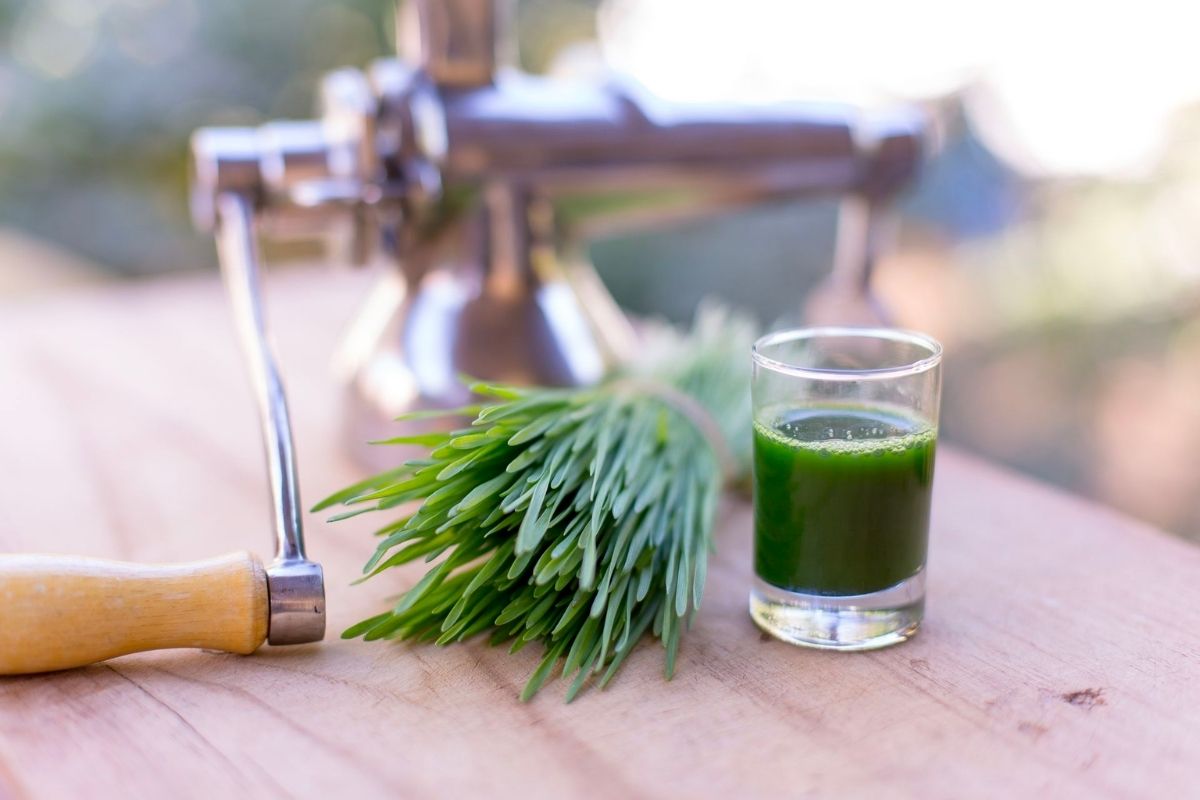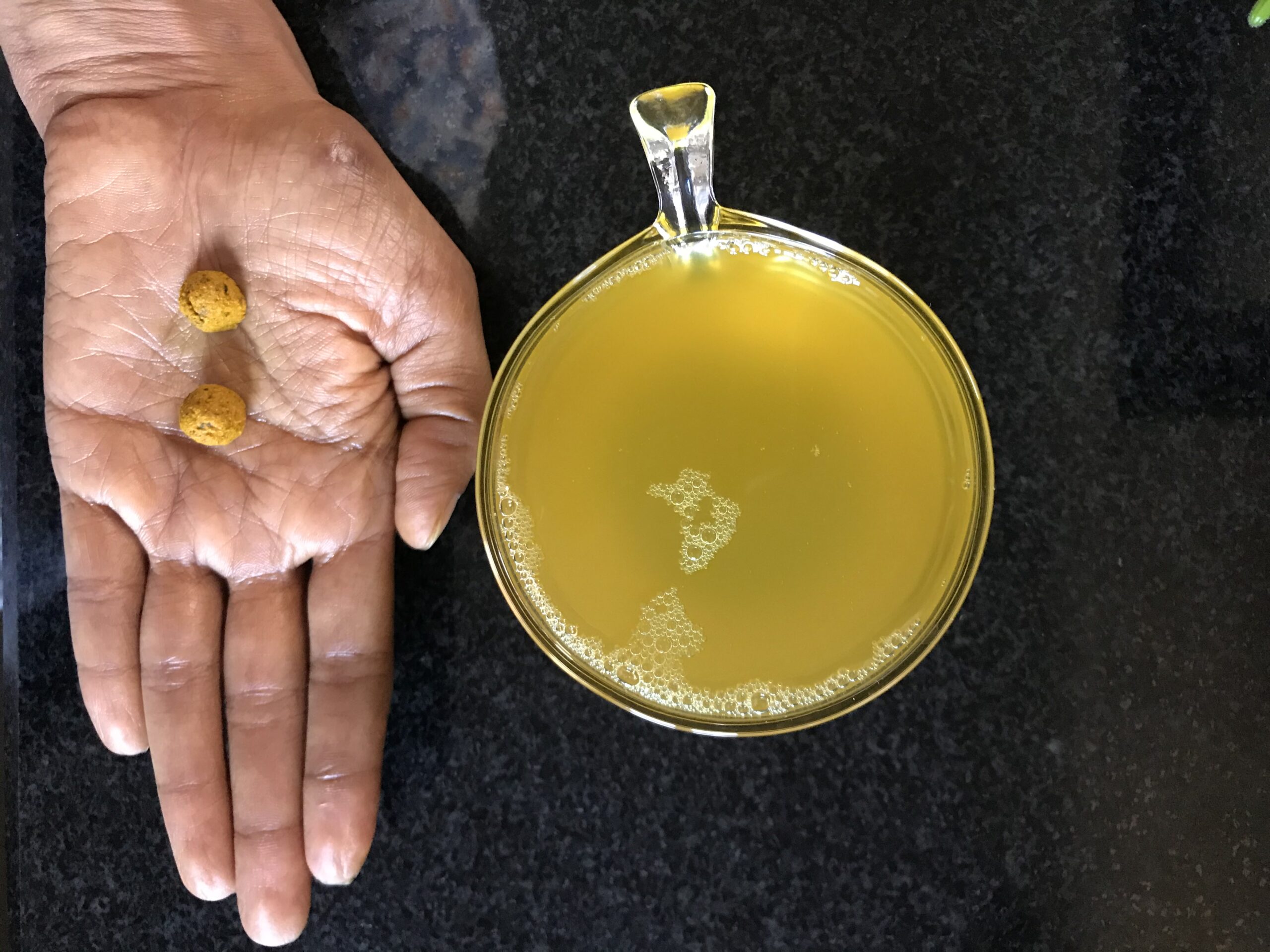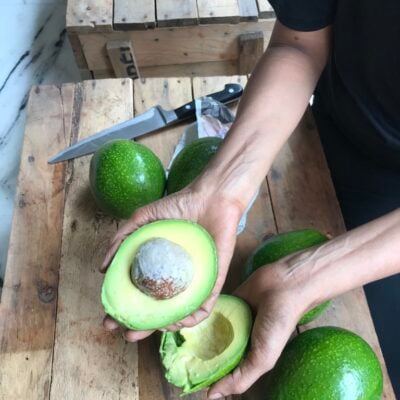You must have heard much about wheat grass already. You may have seen it adorning the superstore shelves and wondered about it. You may have tasted it already. But do you know how good it is for you?
Wheatgrass is a superfood and I wouldn’t be exaggerating at all if I say it’s our life’s elixir. It started becoming popular in the United States in the 1930s after an American agricultural chemist, Charles Franklin Schnabel, discovered that it not only revived dying chickens but made them healthier and more productive than others. I would say nothing if I say wheatgrass is nutritious, healthy and good for you. So let me start with listing just a few from its numerous benefits here:

Wheatgrass is an excellent source of various micronutrients: It is especially high in vitamins A, C and E, and minerals like iron, magnesium, calcium. It has 17 types of amino acids, of which eight are considered essential, which means our body cannot produce them.
Wheatgrass contains several important antioxidants: Antioxidants help fight free radicals and prevent cell damage and reduce oxidative stress. Studies say anti-oxidants help protect our bodies against heart disease, cancer, arthritis and neurodegenerative diseases.
Wheatgrass has a molecular structure exactly like that of hemoglobin: And hence, it is easily absorbed in our system, it cleanses our arteries like nothing else, and it is the best detoxifier available to us naturally. The chlorophyll — the pigment all green plant contains – has many proven health benefits too.
Wheatgrass helps you fight cholesterol: While our body needs some cholesterol, too much of it is responsible for creating heart blockages, slowing down blood flow and risking cardiac health. Studies have proved that wheatgrass lowers cholesterol levels.
Wheatgrass helps fight gastro diseases: Traditionally, wheatgrass have been used in Ayurveda and other ancient sciences to ease stomach pain, cure gastrointestinal diseases, from diarrhea to ulcers and ulcerative colitis.The high amount of fibre in wheatgrass helps fight bowel issues.
Wheatgrass is gluten-free: Which makes it a very good friend for people with gluten intolerance.
Wheatgrass benefit those with diabetes: Research shows that wheatgrass can increase insulin levels and helplower blood glucose. Since it fights inflammation, it also helps reduce the side effects of diabetes.
Wheatgrass fights obesity: Having a very high fiber content and being so nutrient rich and a good metabolism booster, it helps people on the higher side of the balance to shed some weight.
Wheatgrass slows the growth rate of certain infections: It has antimicrobial properties and fights certain types of strep infections and Lactobacillus infections. It comes as a blessing for the infections that are resistant to antibiotics.
Wheatgrass is good for your dental health: Being antimicrobial, it also helps fight oral infections. Washing your mouth with wheatgrass extract has shown significant reduction in the growth of plaque and other oral infections.
Wheatgrass helps fight cancer: A few studies in the past several years have proved that wheatgrass kills certain cancer cells and also slows the growth of oral and colon cancers.This means it could supplement traditional cancer treatments. Wheatgrass also improves the effects of chemotherapy and reduces its side effects.
I had started having wheatgrass juice when I was in Canada, in the year of 1999
Boy! The amount of times I used to feel nauseous after drinking it! That is because I didn’t know that wheatgrass juice need to be consumed on an empty stomach. I used to plug my nose and chuck it initially but now it goes pretty easily. In fact, when I was living abroad, I gifted a wheatgrass juicer to my parents. Since I was not with them to take care of their health and I believed if they could do one thing to help themselves, it would be to grow wheatgrass and drink it’s juice everyday.
Since then, my entire family and I make sure to drink a shot of freshly squeezed wheatgrass first thing in the morning. Having it in empty stomach ensures you don’t feel nauseatic through the day. Having it early in the morning also ensures your body engines through a fantastic metabolism rate, you feel light and energetic, and you don’t binge eat.
Wheatgrass is best consumed in its juice form. If you are in Hyderabad, you can order your freshest fresh, organic wheatgrass shot and it’ll reach you early every morning, without fail. Usually, a shot each day is enough unless you are on therapy and your nutritionist has prescribed more. If you have to take more, it must be under professional supervision.
If you are not in Hyderabad, and if you can’t find fresh wheatgrass juice near you, know that you can easily make your own. It’s not that much of a hassle, but a routine. You can make it your way of life. Otherwise, go for wheatgrass powders. Wheatgrass is dried and then powdered and you can buy these from a reputed organic brand. You just need to mix them with a little water, juice, or a spoonful of organic, wildflower honey to make it into a paste, and consume.
If you are growing your own wheatgrass, note that it might be contaminated by mold or bacteria. To prevent these from getting into the juice, wash the bunch of wheatgrass, thoroughly, a few times, before juicing.
Also, if you are prone to allergies, go slow. Some people are allergic to wheatgrass too. Sometimes, wheatgrass contains pollens of other plants due to cross-contamination and cross-pollination. Consult a doctor before trying wheatgrass if you are susceptible to allergies.


















 vibrant living
vibrant living




